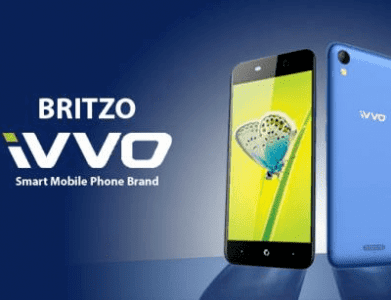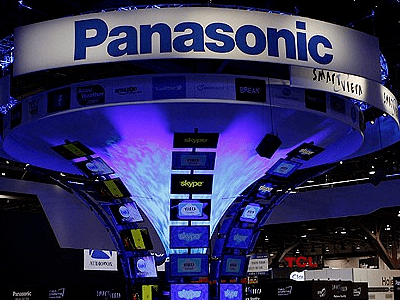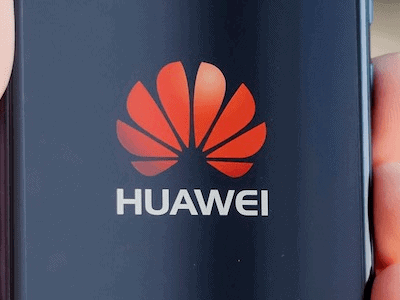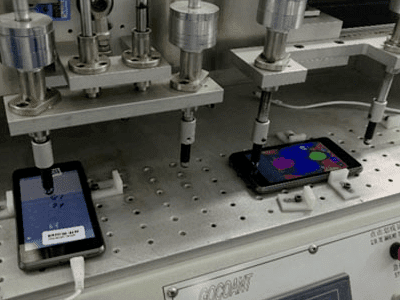After a visit to what Cisco internally refer to as B15, and now the recently inaugurated B16, which are not just smart offices but a paradigm shift in the philosophy of offices, I believe Cisco have invented a new concept and possibly a new term “CYOD” or “Choose Your Own Desk”.
This smart, connected office gives me flexibility without compromising on productivity. In fact, I feel productivity will increase in such an office environment. So how does Cisco enable what I call CYOD?
In these two signature offices Cisco have implemented a set of carefully selected smart technologies that lets an employee choose his / her desk. The beauty is that everything on that desk including the desk phone gets configured based upon the profile of the employee. So the desk phone for instance, configures to the desk phone number of the employee who selects to use that desk. And for selecting the desk, an employee just needs to swipe his / her card at a kiosk that also shows graphically which desks are available and which else is sitting in the immediate neighbourhood.
So, you may ask this appears smart but what does it help to achieve? Does it result in any direct savings to the company apart from maybe high individual motivational levels. Well there are many more benefits. Firstly, employees are likely to select only those sections of the office floor which are fairly populated. This allows the system to keeps light, HVAC, etc. on and running only for that section of the floor where employees are sitting and working on any given day. This can mean huge savings in energy bills. So over weekends or overstays, such a system will allow the organisation to keep only the required portion of the floor or building active and switch to an energy conservation mode for the rest of the facility.
Another advanced feature that essentially comes from the same building blocks is the customisation that can be offered to say, closed cabin offices, rooms, etc. This is what Cisco call IPS. With IPS a user can set his / her favourite policies for lighting, HVAC, gadgets and almost all the aspects of the office. So once a user starts or is about to use his / her cabin, he / she can invoke his / her favourite settings as per the preferences that were originally selected. So once in the office, an employee will get his / her preferred level of lighting, temperature and other elements. Thus, you may not only ‘Choose Your Own Desk’, but also ‘Customise Your Own Desk’.
How India adopts this technology needs to be watched, because it might be difficult to integrate in the existing infrastructure, layout and architecture of buildings. However, segments like Hospitality are expected to be at the forefront in evangelizing this philosophy. All said and done, I feel this solution from Cisco is definitely an effort in the right direction. It helps to make our workspaces motivating and intelligent, adaptable to the requirements of individual users and optimises the resources consumed. Even if this exercise results in a small, incremental reduction in consumption of electricity, water, air conditioning and other resources, we should go for it.
Faisal drives new initiates at CMR. Having over 13 years of research and consulting expertise in technology domain, he specifically covers Telecom, IP Technologies, Devices, Electronics, Applications and other emerging technologies.
Faisal completed his Master’s degree in Business Administration, specializing in Marketing and Finance. He also holds a Bachelor’s degree in Business Administration.











